Can you ride an ebike in the rain? It is a common concern among electric bike owners. While most e-bikes are designed to withstand light rain and moisture, understanding the boundaries is key to preventing damage and ensuring safety. In this guide, we'll discuss wet conditions e-bikes can tolerate and what to watch out for when riding in rainy conditions. With these insights, you'll be able to confidently ride your e-bike regardless of the weather forecast.

Are Electric Bikes Waterproof?
Are ebikes waterproof? Ebikes are generally not waterproof but are designed to be water-resistant. This distinction is important when considering the conditions under which you can ride an e-bike and how to care for it.
Water-Resistant: E-bikes with water resistance can handle light rain, splashes, and damp conditions. They typically have protection around key electrical components like the motor, battery, and display to prevent water from entering and causing damage.
Waterproof: A truly waterproof e-bike would be completely impervious to water, meaning it could be submerged without damage. However, most e-bikes are not designed to this level.
Can You Ride an Ebike in the Rain?
The short answer is yes. Many electric bikes are designed with water-resistant features, allowing them to withstand light rain, splashes, or damp roads. However, they are generally not designed to be fully waterproof, so caution is required during heavy rain or in situations where water exposure could be significant. Here's a summary of conditions that e-bikes can handle and those they should steer clear of:
Conditions that E-Bikes Can Handle
- Light Rain: Most e-bikes can handle light rain or drizzles without issue. The electrical components are typically protected from splashes, and the bike's construction is designed to resist minor water exposure.
- Damp Roads: E-bikes can operate safely on damp or wet roads. However, traction may be reduced, so it's essential to be cautious when braking or turning. What’s more, adding fenders or mudguards can help minimize splashes and keep you and your e-bike cleaner.
- Puddles: Riding through small puddles is generally fine, but avoid large or deep puddles that could submerge the e-bike's motor, battery, or other electronics. Prolonged exposure to water can lead to electrical damage or corrosion.
- Mist and Humidity: E-bikes can also tolerate misty or humid conditions. However, if there's heavy condensation, check your e-bike's electrical components to ensure they remain dry. A protective cover can help if you need to leave your e-bike outdoors in humid weather.
Conditions to Avoid
- Heavy Rain: Continuous, heavy rain can overwhelm the e-bike's water-resistant features. It's best to seek shelter during intense downpours.
- Flooding: Never ride through flooded areas where the e-bike's electrical components could be submerged. This poses significant risks to both safety and the e-bike's functionality.
- Snow and Ice: Though not strictly "wet," snow and ice create slippery conditions and can cause moisture buildup in electrical components.

What Should I Pay Attention to When Riding in the Rain?
Riding an electric bike in the rain requires extra care and caution. Wet conditions can pose unique challenges, so it's essential to pay attention to several factors to ensure a safe and enjoyable ride. Here's what you should consider:
1. Visibility
Rainy weather can reduce visibility, making it harder for drivers and other cyclists to see you. To improve your visibility:
- Wear Bright or Reflective Clothing: This helps you stand out in low-light conditions.
- Use Front and Rear Lights: Ensure your e-bike has bright lights for better visibility and consider adding additional reflective elements to your gear.
2. Braking
Wet surfaces are slippery, which can affect your braking. To stay safe:
- Brake Early: Start braking well in advance to avoid sudden stops and skidding.
- Use Both Brakes: Apply pressure evenly to both front and rear brakes for better control.
- Avoid Hard Braking: Sudden, hard braking on wet surfaces can cause you to lose traction.
3. Tires and Traction
Maintaining traction is crucial when riding in the rain. Consider the following:
- Check Tire Tread: Tires with good tread provide better grip on wet roads.
- Reduce Speed: Ride at a lower speed to maintain control on slippery surfaces.
- Avoid Painted Lines and Metal Surfaces: These surfaces become extremely slick when wet.
4. Protect the E-bike
Water can damage your e-bike's electronic components. To prevent damage:
- Use Fenders or Mudguards: These help keep water and mud away from sensitive areas.
- Cover Exposed Electronics: Protect the display, battery, and other components from direct water exposure.
- Avoid Deep Puddles: Riding through deep water can cause damage to the motor and battery.
5. Dress for the Weather
Staying dry and comfortable is key when riding in the rain. Consider these tips:
- Wear Waterproof Clothing: Invest in a good waterproof jacket, pants, and shoes to keep dry.
- Use a Waterproof Bag or Cover: Protect your belongings from getting wet.
6. Be Cautious and Alert
Rainy weather requires heightened awareness. Keep these in mind:
- Watch for Hazards: Look out for puddles, debris, and other obstacles that may be hidden by rain.
- Follow Traffic Rules: Adhere to traffic signals and signs, and ride predictably to avoid accidents.
- Take Extra Time: Allow for longer travel times, as you may need to ride slower in the rain.
By paying attention to these factors, you can ride your ebikes safely in the rain. Always use common sense, and if conditions become too severe, it's best to seek shelter and wait for the weather to improve.

How to Care for Electric Vehicles after Rain?
After riding in the rain, it's important to care for your electric bike to prevent long-term damage:
- Dry It Off: Use a soft cloth to dry the frame, wheels, and other parts. Avoid using high-pressure water.
- Check the Battery: Ensure the battery is dry and properly connected. If possible, remove it to check for moisture.
- Lubricate the Chain: Rain can wash away lubrication, so reapply bike chain lube as needed.
- Inspect for Damage: Look for any signs of water damage or loose components, and address them promptly.
Conclusion
The answer to the question, "Can you ride an ebike in the rain?" depends on the water resistance of your specific e-bike model, so always check its specifications to ensure it can handle rainy conditions. Follow safety tips, protect your electronics, and take extra care when riding on wet roads. By taking these precautions, you can safely ride your electric bike even when the weather isn't perfect.
FAQ
How to judge the waterproof degree of an ebike?
To judge the waterproof degree of an e-bike, check its IP rating. This rating indicates its level of protection against water and dust. A higher IP rating means better water resistance. Review your e-bike's manual or manufacturer's website for specific details on its water resistance.
How can I shield my e-bike from rain outdoors?
To shield your e-bike from rain outdoors, consider using a waterproof cover when it's parked. Store the bike in a sheltered area or garage when not in use. If you must leave it outside, ensure it's protected from direct rain and avoid leaving it in standing water.
Are electric bike batteries waterproof?
Electric bike batteries are typically water-resistant but not waterproof. They can handle light rain and splashes, but they shouldn't be submerged or exposed to heavy rain for extended periods. Always ensure the battery is securely covered and follow the manufacturer's guidelines for maintenance and storage.


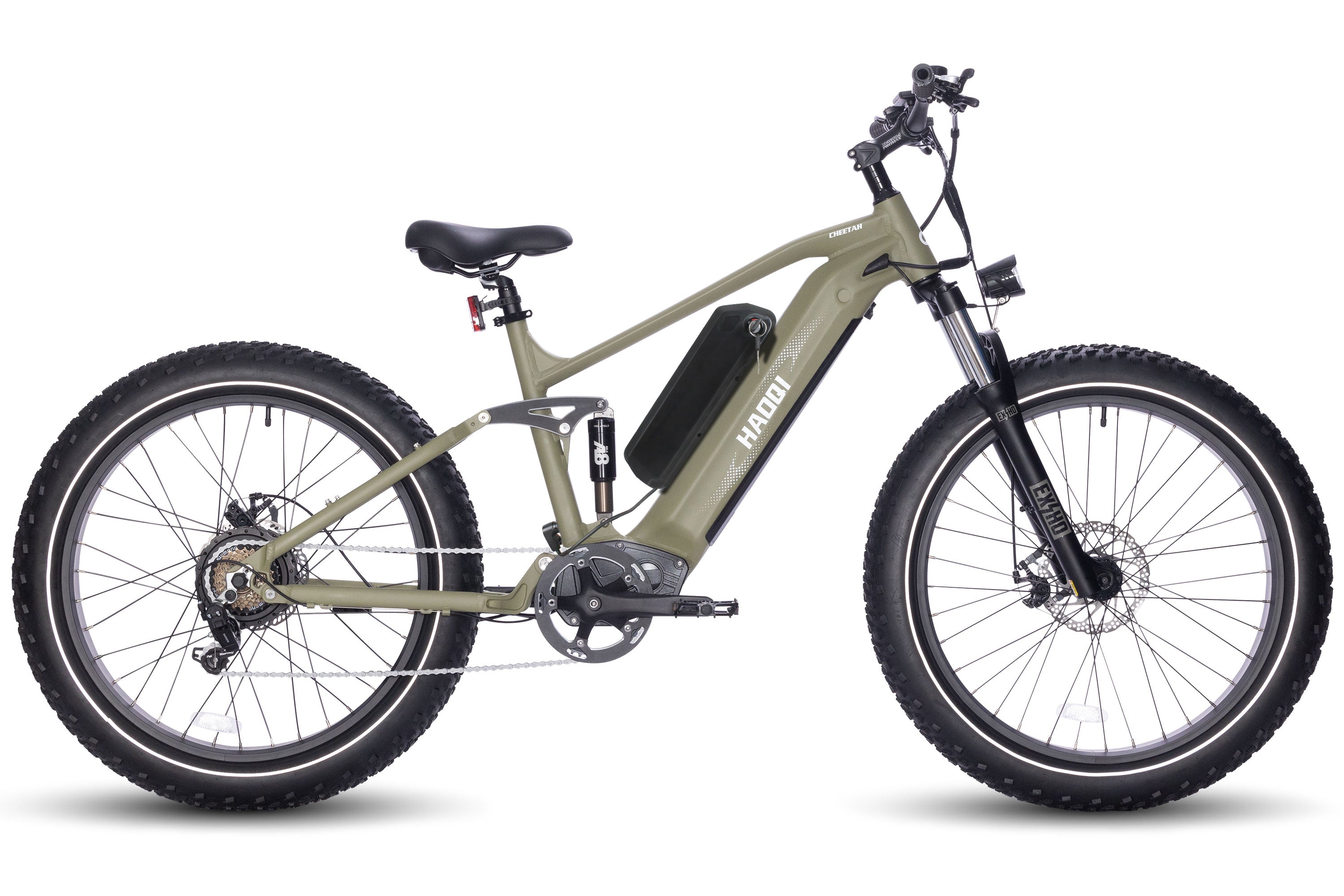
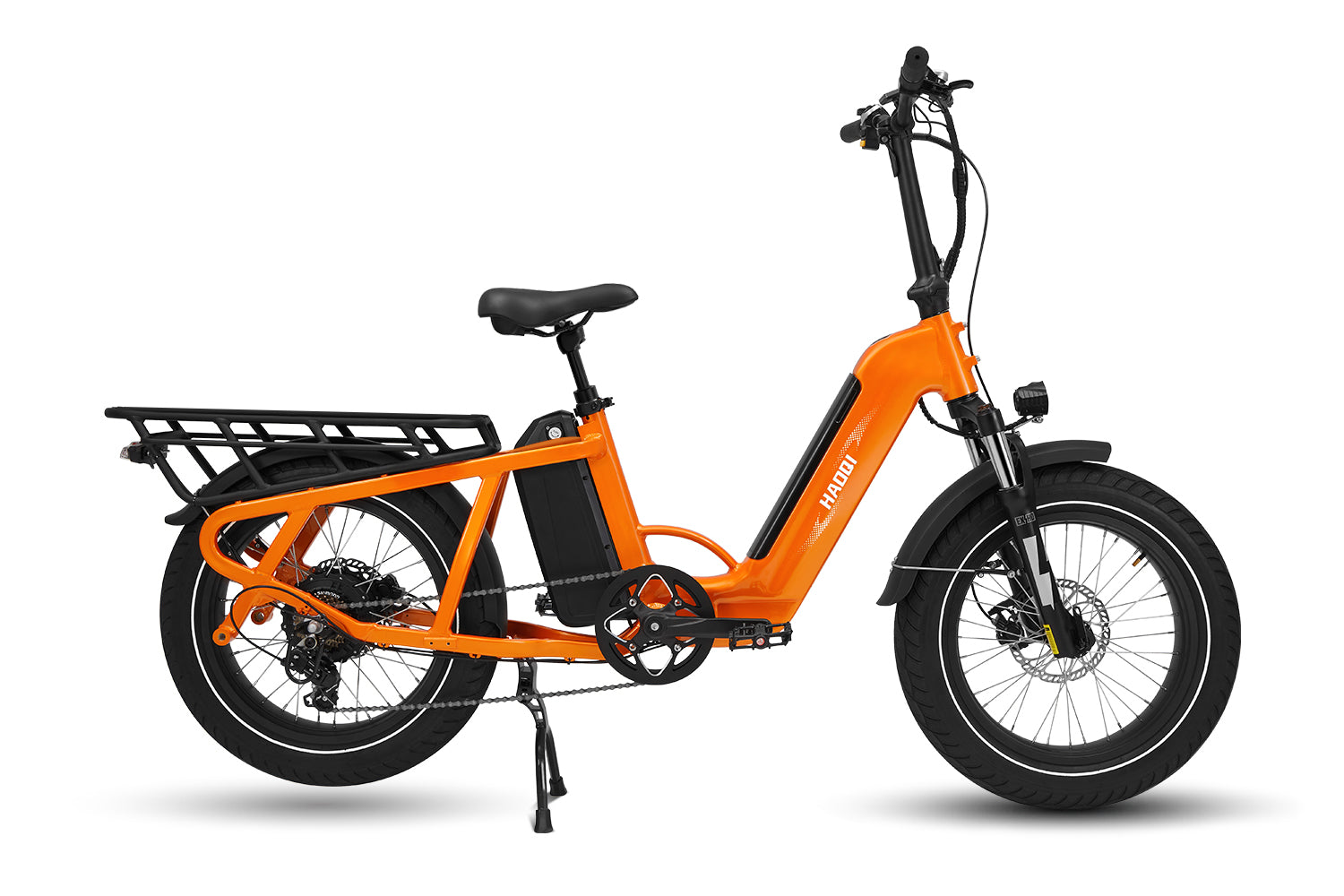
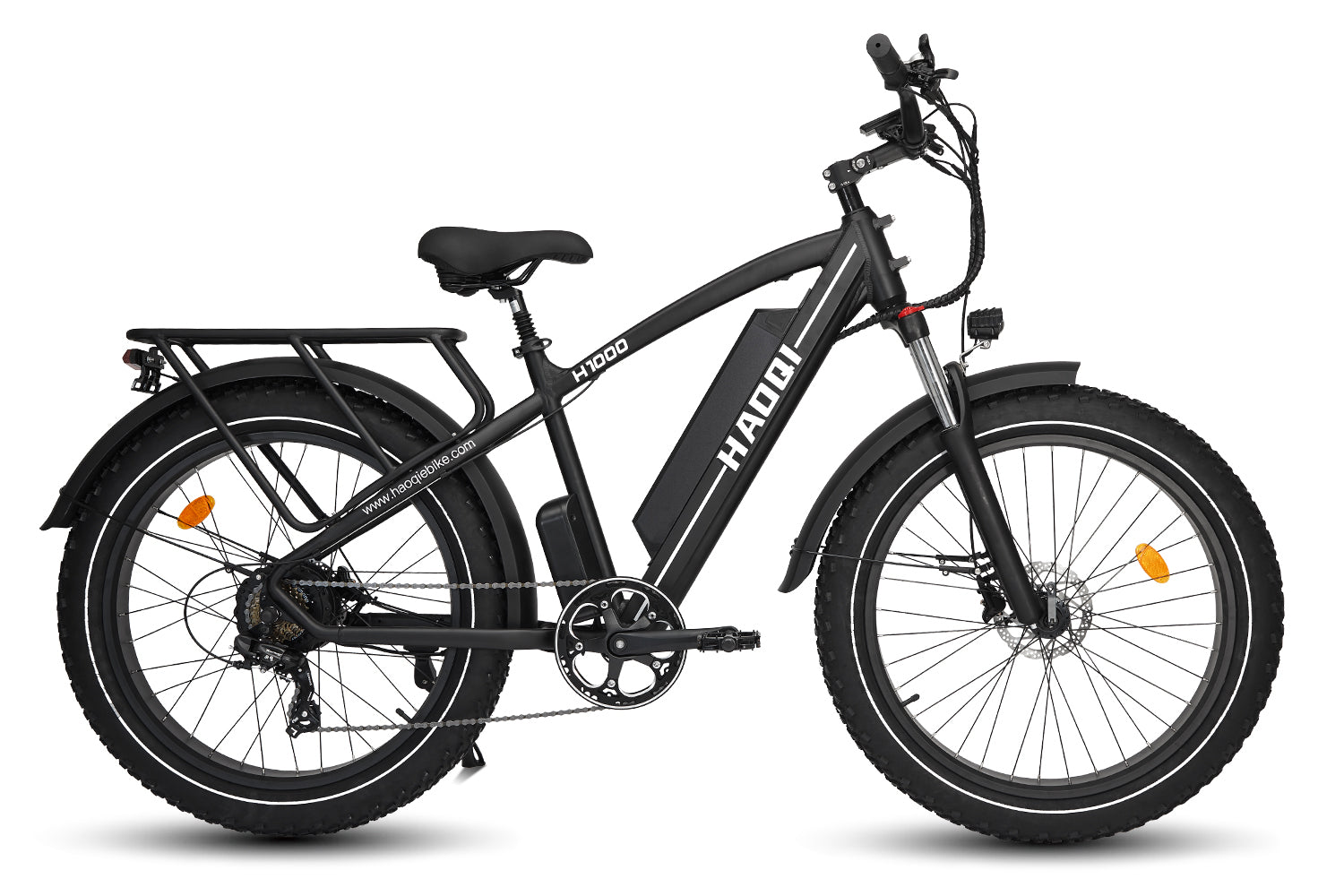
![HAOQI Antelope 500W Cargo Electric Bike (UL Certified) [electric bike] [HAOQI ebike]](http://haoqiebike.com/cdn/shop/products/haoqi-antelope-cargo-electric-bike-with-dual-battery-haoqiebike-com-1.jpg?v=1753954498&width=1500)
![HAOQI Squirrel Folding Electric Bike (UL Certified) [electric bike] [HAOQI ebike]](http://haoqiebike.com/cdn/shop/files/1_03c67b67-715e-4617-a648-51f108ceb425.jpg?v=1766473332&width=1500)
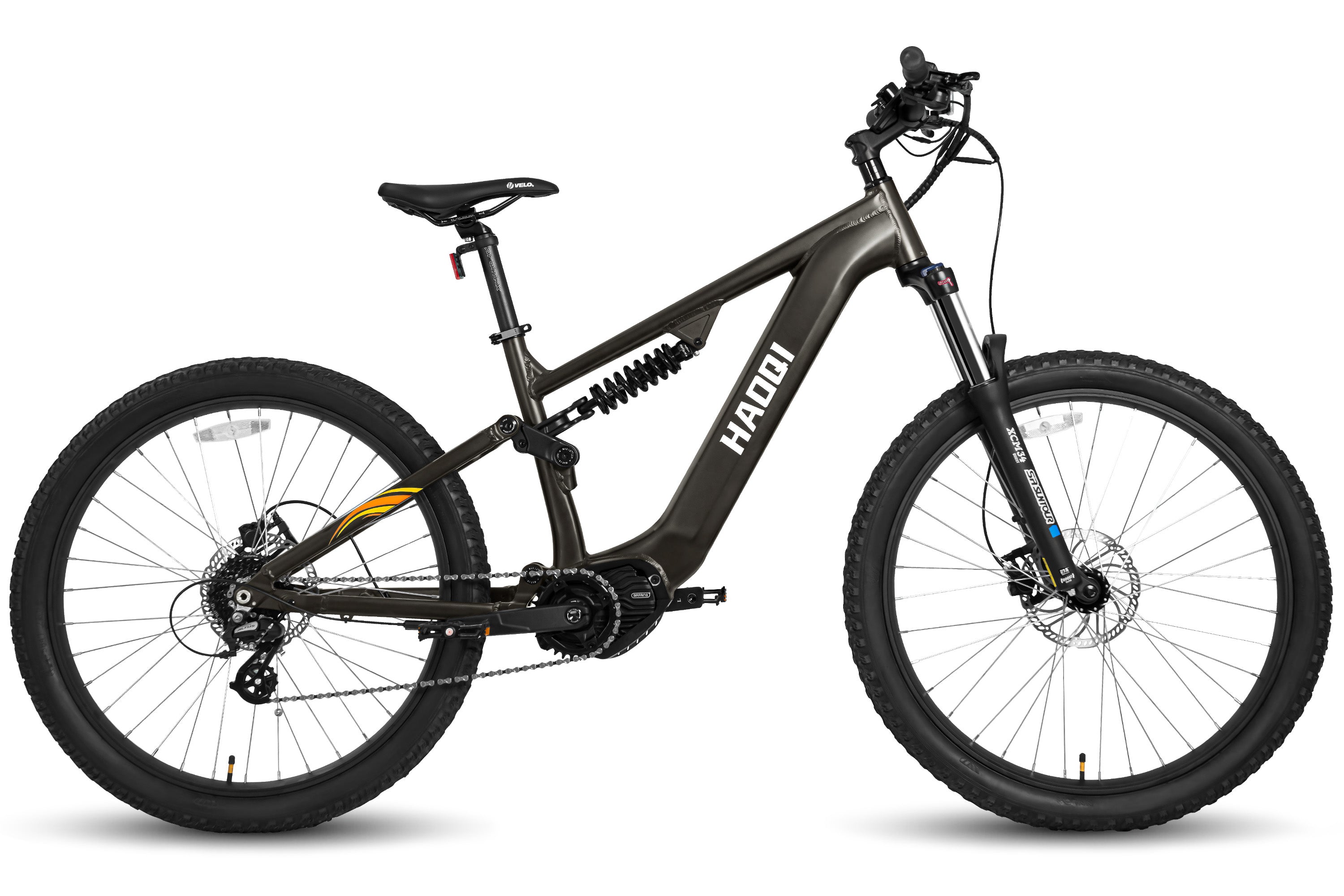
![HAOQI Eagle Long Range Electric Bicycle (UL Certified) [electric bike] [HAOQI ebike]](http://haoqiebike.com/cdn/shop/files/2_bf7ae46b-aad6-472a-9c14-d56ca3f0feb6.jpg?v=1755142722&width=1500)
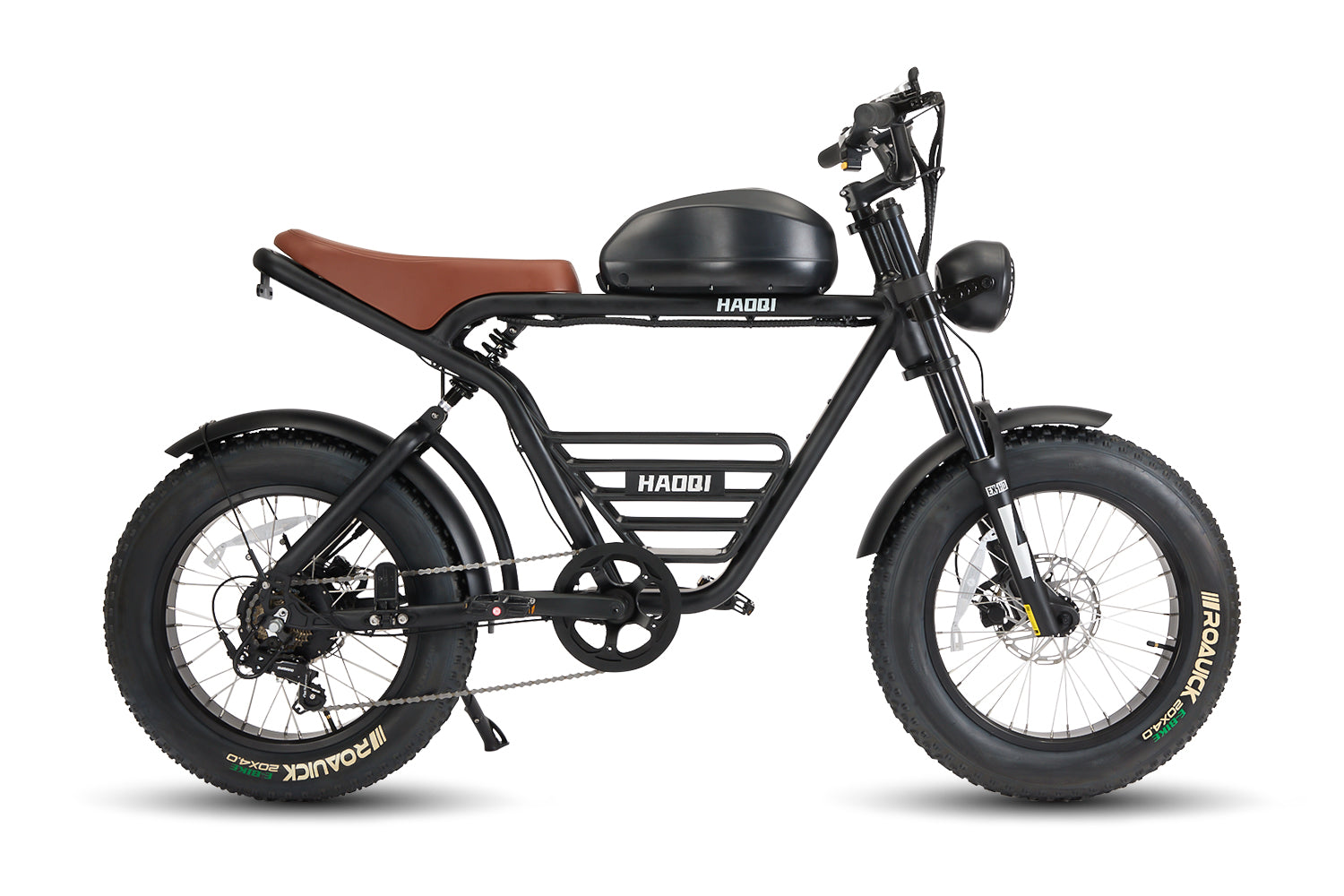
![HAOQI Antelope Pro 750W Cargo Electric Bike (UL Certified) [electric bike] [HAOQI ebike]](http://haoqiebike.com/cdn/shop/products/haoqi-antelope-pro-cargo-electric-bike-with-dual-battery-750w-haoqiebike-com-1.jpg?v=1751610204&width=1500)
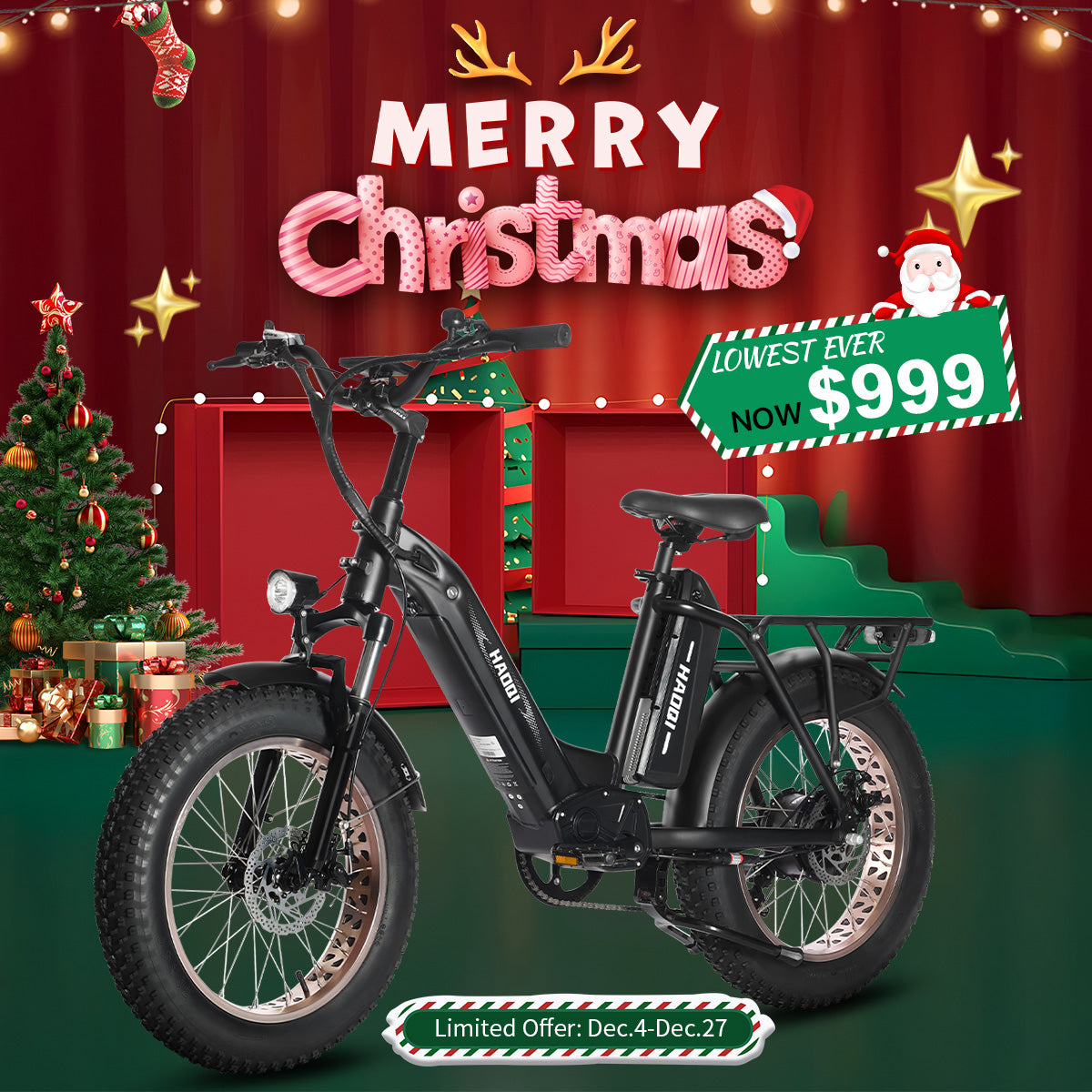

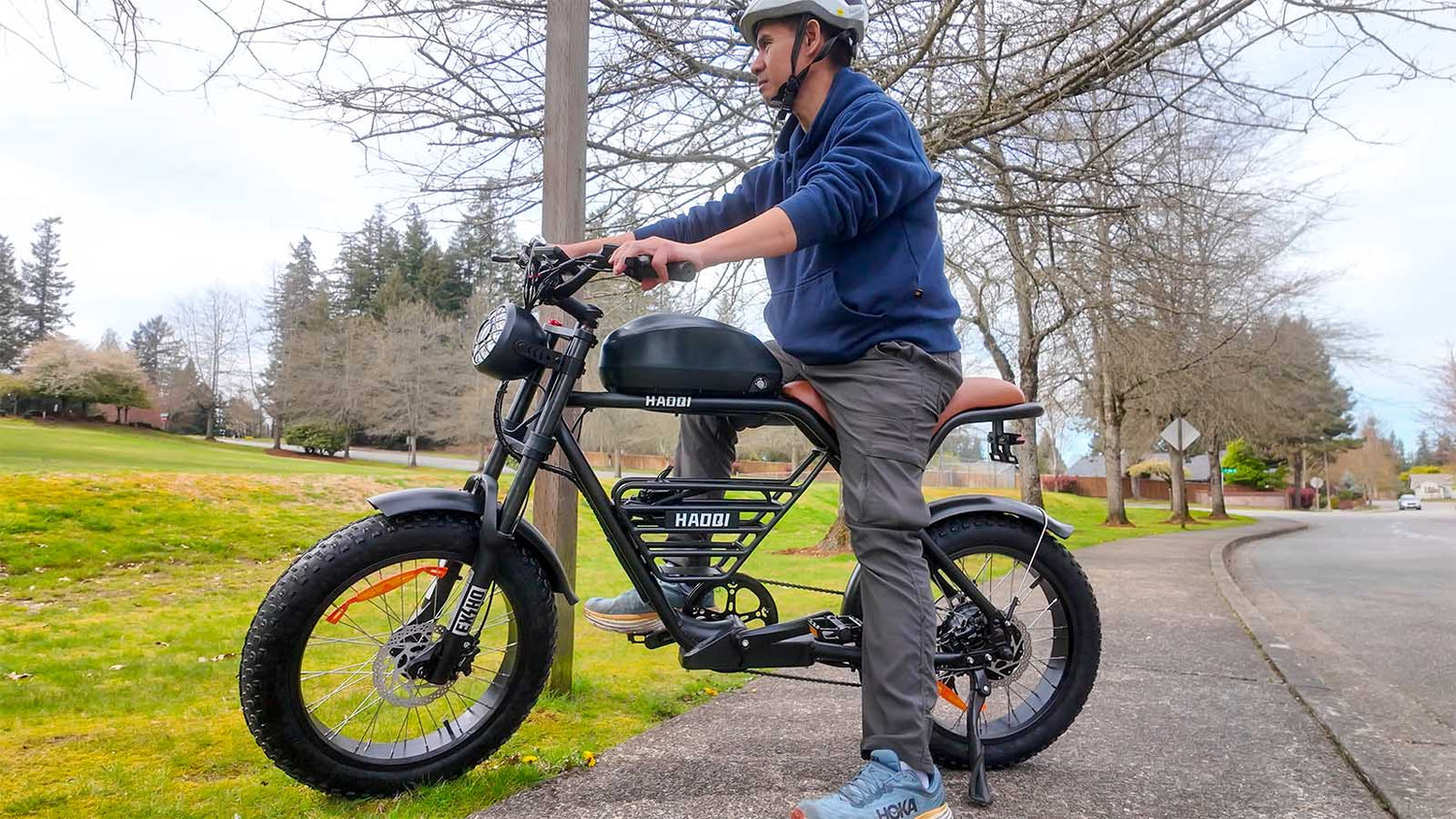
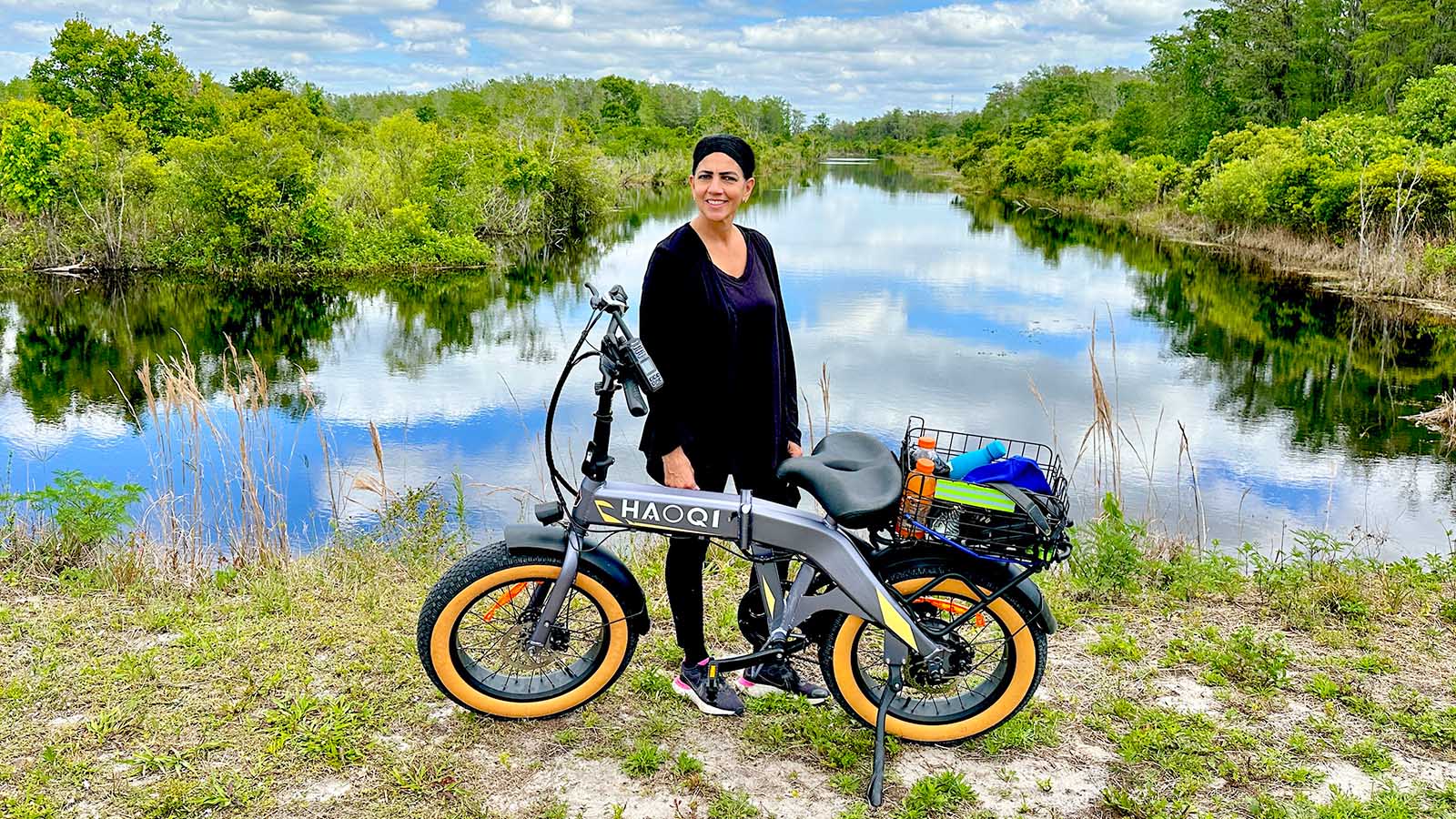
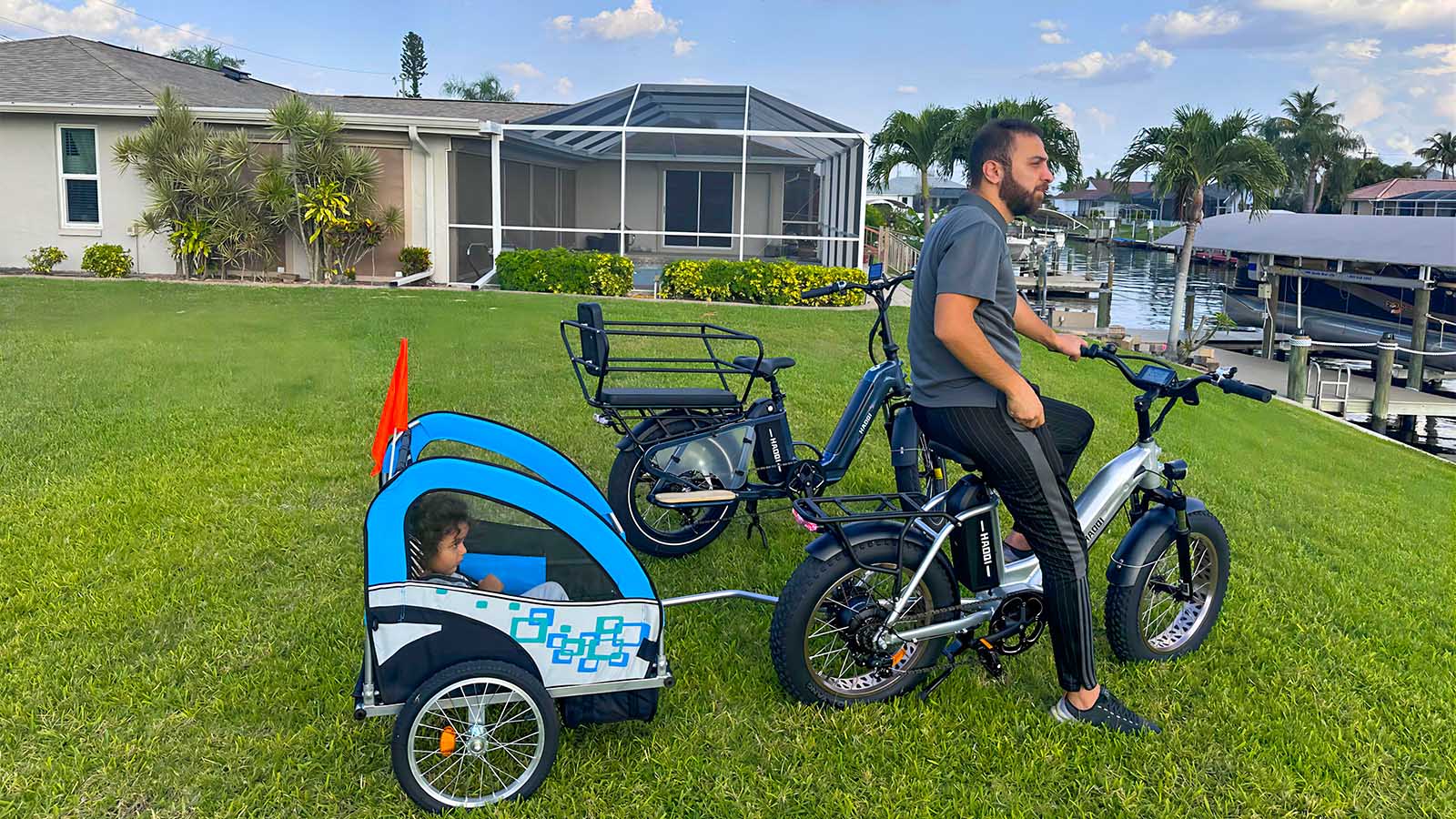




Leave a comment
All comments are moderated before being published.
This site is protected by hCaptcha and the hCaptcha Privacy Policy and Terms of Service apply.